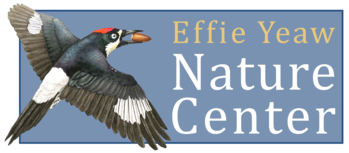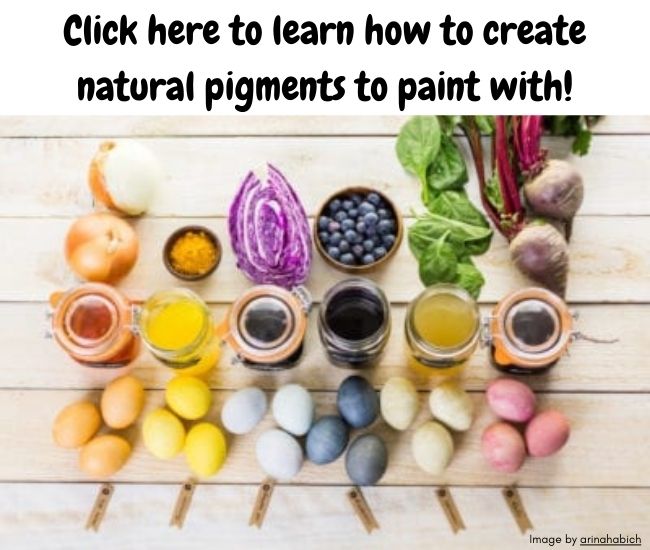Learn
The American River provides many local spots to enjoy nature. As such it has become a special place in many of our heart for exploring the great outdoors and escape the hustle and bustle of city life. The American River also provides important habitat for a variety a species but it’s not the only body of water that plays a pivotal role in supporting a healthy ecosystem.
Ponds are incredible aquatic habitats that are brimming with biodiversity. A healthy pond can be self-sufficient almost an independent world within its ecosystem. It has everything necessary to support a variety of life from aquatic plants invertebrates fish and more. Nonetheless it is not disconnected from the rest of the natural world; the pond not only has living and nonliving components interacting with one other but it also interacts with species outside of the pond. As such a pond rich with life offers support to species outside of it by being a source of water and food.
Studying ponds allow us to discover interactions between predator and prey decomposition and the cycle of matter and the flow of energy. While both ponds at Effie Yeaw were constructed by people and continue to be managed they serve the same vital roles as natural ponds. They provide important habitat for countless species and supports healthy populations.
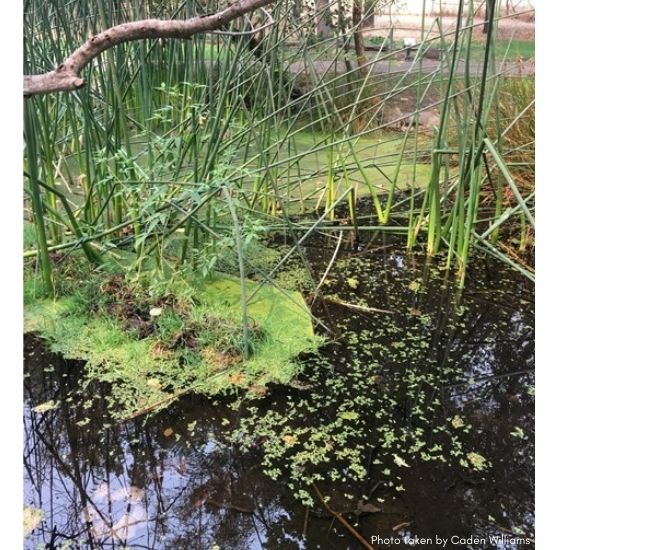
Duckweed a floating aquatic plant that often covers the surface of ponds is an example of how even small members of a pond community can make a big impact. These tiny plants are very valuable for many of reasons. They are an important source of food shelter and shade for the small animals that live in the pond. They also serve to reduce evaporation purify water by removing excess minerals prevent the overgrowth of algae and even control the mosquito population. Other plants found in and around our ponds include tule willow and mosquito fern. Like duckweed these plants provide important resources for pond dwellers.
Below is a photo of duckweed and other plants growing in the village pond.

Common pond dwellers include amphibians (e.g. frogs and toads) turtles waterfowl and fish. There is also a myriad of different aquatic invertebrates animals lacking a backbone such as water boatmen damselfly nymphs dragonfly nymphs and crayfish. In water systems we pay special attention to aquatic invertebrates like stoneflies caddisflies and mayflies as they are indicator species. Because of their intolerance to pollution their presence as well as an abundant population of them is one indicator of clean and healthy water quality.
n
At the Effie Yeaw Nature Center one way that we see the importance of our ponds is through the animals that depend on them. These ponds provide a great source of water not only for drinking but also bathing hiding and feeding. If you’re lucky you might be able to see a deer or bird drinking from the pond when you visit. Sometimes we’ll also see evidence – tracks and scat – of animals who recently visited the pond. The damp mud leaves behind a record of their presence allowing us to see into the lives of nocturnal animals like racoons and bobcats that we normally do not see during the day.
Below are photos of animal tracks left behind by several species found near the front village pond. Raccoons have hand-like prints whereas bobcat tracks resemble a larger version of a domestic cat’s paws.

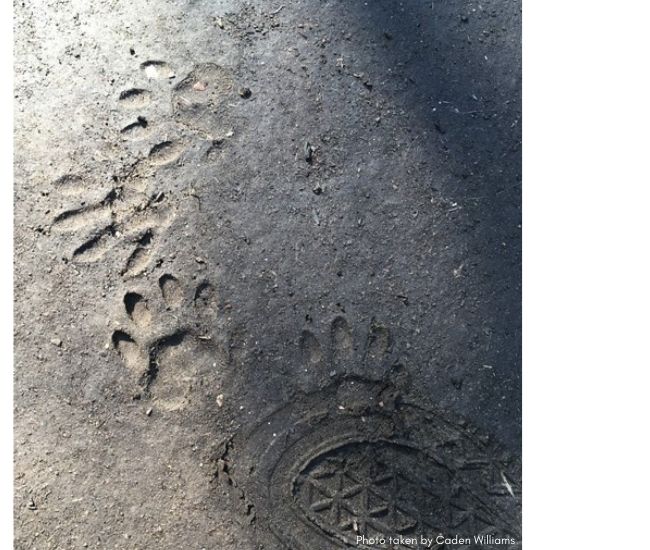
Other evidence of animal activity can take the form of leftovers from a predator’s meal. At times bright red pieces of empty crayfish shell can be found next to the village pond. There are several predators who find crayfish a tasty meal but the usual culprits are red-shouldered hawks who have been frequently spotted perching on nearby branches.
Below is a photo of a red-shouldered hawk overlooking the village pond. From this vantage point this avian predator uses its excellent eyesight to watch for its next meal!
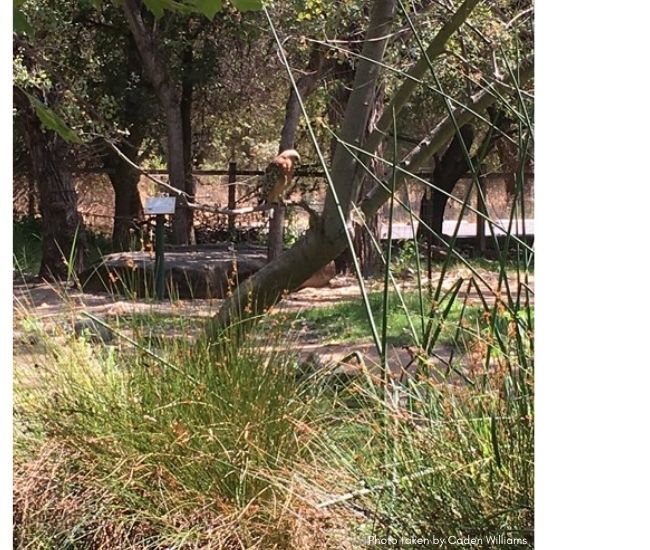
Next time you visit the Nature Center to hike the trails and explore the river take some time to observe our village pond or our Nature Study Pond. Keep an eye out for any evidence of animals who may have recently stopped by the pond. Maybe you’ll also see amazing animals like pond turtles and frogs!
Create
Use watercolors to illustrate your favorite pond or pond dweller. For natural pigments try mixing up ground-up spices leafy greens or fruit with water. Check out this page from Gardening Know How (or the image below) for more tips on how to make homemade paints!n
Activate
Bring a notebook and pencil when you next visit the ponds of Effie Yeaw. Watch quietly for 10 minutes writing down your observations sketching the pond’s inhabitants and taking note of anything unexpected. Try using different observation points. What do you notice while crouched down close to the surface of the pond? Looking up at the trees surrounding it? Are there any tracks or signs of animal activity?
Resources
Check out the following articles to learn more about the importance of aquatic plants like duckweed in ponds!
“What's that Green Stuff Covering the Pond?” by Mary Louise Flint.
“Duckweed Aquaculture – Potentials Possibilities and Limitations” by Sascha Iqbal.
